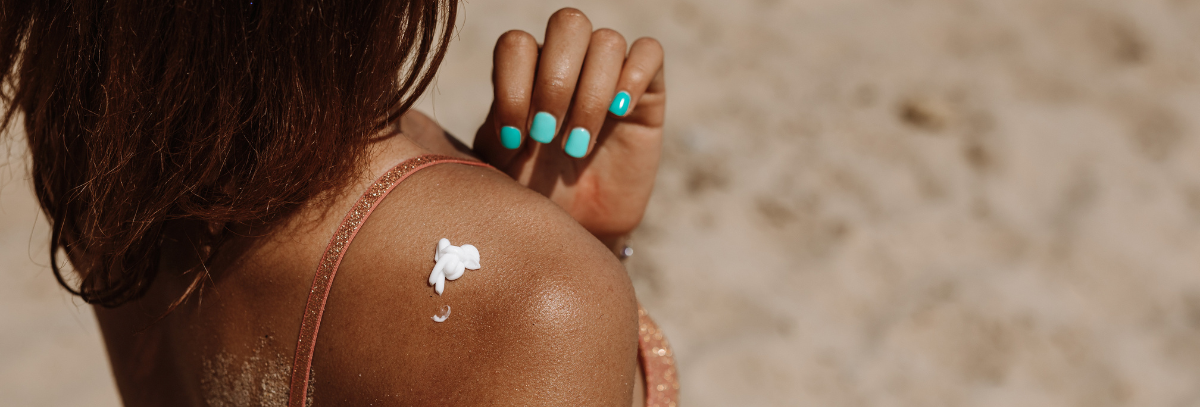Check out our range of sun protection measures here!
What Are UV Rays?
Ultra-Violet Radiation (UV Rays) is electromagnetic radiation, which is also known as UV radiation, ultraviolet light, or UV. Being exposed to UV rays can lead to effects on the skin, such as, damaging skin cells, premature ageing, and visible signs of sun damage, which may include, wrinkles, leathery skin, actinic keratosis, liver spots, and solar elastosis. Not only the skin but your eyes can become damaged too if not protected, meaning your cornea can become inflamed or burned.
There are three types of UV rays: UVA, UVB, and UVC. UVA and UVB rays can transmit through the atmosphere, while all UVC and some UVB rays are absorbed by the ozone layer. Therefore we come in contact with UVA rays and a small number of UVB rays.
- UVA rays have longer wavelengths, therefore, they can actually penetrate through to the middle layer of our skin, known as the dermis layer.
- UVB rays have shorter wavelengths, therefore, they can reach the outer layers of our skin, known as the epidermis.
Are Some UV Rays Good?

Yes. Exposure to UVB radiation helps the skin produce Vitamin D3 in our body. Vitamin D3 plays an important role in bone and muscle health, especially alongside Calcium.
However, other factors need to be considered to obtain the benefits of UVB rays, including the level of Vitamin D present in your current diet, skin colour, clothing, sunscreen use, and geographical presence.
Please note, we do not recommend being exposed to the sun, whithout suitable protection against sun damage.
How Does Sunscreen Work?

When sunscreen is applied, it works by blocking and absorbing UV rays through a combination of physical and chemical particles. Many sunscreens contain zinc oxide or titanium oxide, which physically reflects UV rays away from the skin. Alongside this, sunscreens work by containing complex chemical ingredients which react with radiation before it can be absorbed by the skin, where these ingredients absorb the rays and releasing the energy through heat.
We recommend choosing a sunscreen that contains both UVA and UVB protection.
How To Apply It?

This depends on the type of sunscreen you're using. If you are using a chemical sunscreen, the this needs to be applied before your moisturiser because in needs to penetrate the skin and be absorbs to become effective. But if you have a mineral (physical) sunscreen, then this is okay to be applied after your moisturiser.
- Apply your sunscreen 15 minutes before being exposed to the sun.
- Apply to all parts of your body that is going to be exposed.
- Don't forget those tricky spots! (Ears, back, shoulders, back of the knees and legs).
- Gently massage your sunscreen into your skin.
- Be careful when applying around the eyes.
- Reapply as recommended by the company, which is usually every 2 hours, or after swimming, sweating, or towel-drying your skin.
- Make sure you read the instructions on the sunscreen you are using.
To check out our range of sunscreen protection measures, click here!


